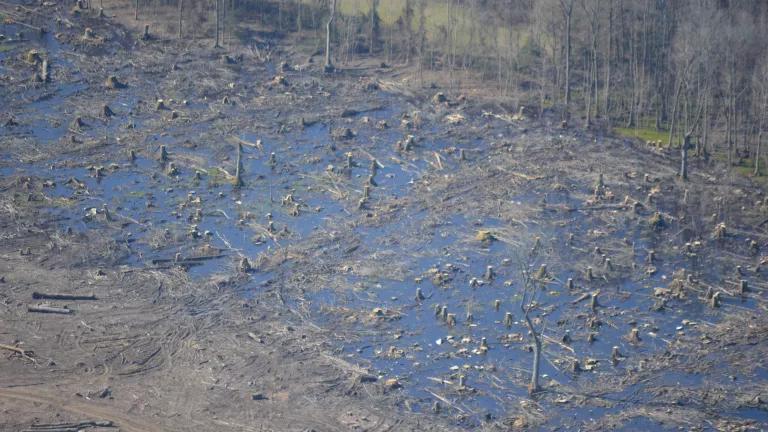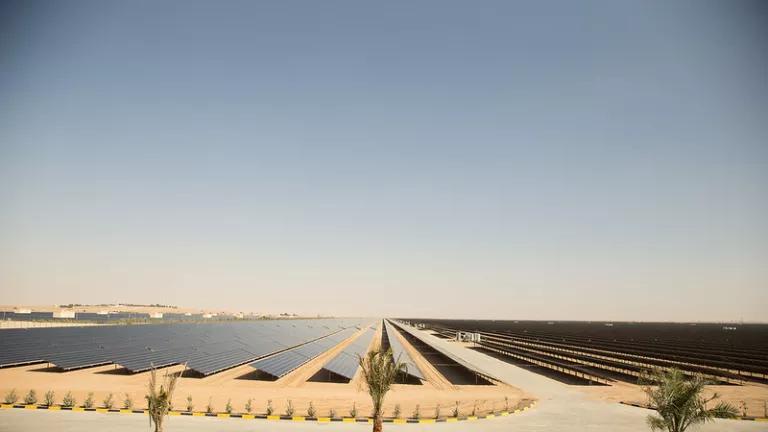
A ground-breaking new study commissioned by NRDC and conducted by Vivid Economics, a London-based consultancy with expertise in UK energy systems, focuses squarely on how the United Kingdom can most cost-effectively phase out coal and replace it with the truly clean energy solutions we need to ensure a livable climate for future generations. Under the Climate Change Act of 2008, the UK committed to ambitious climate targets. The UK also has an aging power sector and plans to retire all coal plants by 2025, and so needs new investments to ensure a reliable supply of electricity into the future. The new study examines the full system costs of renewables like wind and solar relative to biomass for replacing coal and meeting these dual objectives of building new electricity capacity in the UK and meeting the country’s climate obligations.
The study concludes that in 2020, when fully accounting for the total economic costs of different energy sources—including the latest technology costs, the costs of ensuring reliability of supply, and the costs of carbon emissions, biomass is more expensive than wind and solar. Even for scenarios that do not include a full accounting of biomass carbon emissions, the total economic cost of biomass is comparable or higher than onshore wind and solar. In 2025, the results of the modelling indicate that wind and solar are likely to be the least-cost way to ensure UK reliability of supply, not biomass.
The UK has relied heavily on biomass to build new electricity capacity and meet its climate targets, much of it in the form of wood pellets imported from the southern US. To date, biomass has been a low-cost form of electricity generation, largely because UK subsidies for renewables treat all biomass as “carbon neutral.”
But the science is in: biomass is not a climate solution. According to the UK’s Department of Energy and Climate Change (DECC) report, biomass sourced from whole trees and other large-diameter wood is a high-carbon fuel, increasing carbon emissions compared to coal and natural gas for decades—well beyond timeframes relevant for solving climate change. At the same time, there is now significant evidence that US wood pellet imports are primarily being sourced from whole trees in southeastern forests—some of the most biodiverse forests in the world.
While the risks of biomass continue to grow, the costs of building low-carbon alternatives—in particular wind and solar energy—have fallen rapidly and are expected to continue to decline. By contrast, biomass conversion is already a mature technology, so comparatively little capital cost reduction is expected over time, and biomass fuel costs, which comprise the bulk of biomass costs, are highly uncertain.
Earlier this month, enough countries formally joined the historic 2015 Paris Climate Agreement for it to take effect and become fully operational. With this milestone, the world is now poised to implement an unprecedented, long-term decarbonisation agenda. If we are to keep global temperatures from rising beyond 2 degrees Celcius, the limit set out in the agreement, there is no time to loose and no room for setbacks. Governments around the world must ensure that their public policies discourage wasteful spending on expensive and dirty energy technologies and quickly channel investment into the truly clean energy technologies we need to ensure a livable climate for future generations.
The results of this new analysis are clear: The cheapest and cleanest way for the UK to keep the lights on and hit climate targets is through investments in wind and solar, not biomass. UK policymakers must acknowledge the reality of climate pollution from biomass and close the carbon accounting loophole so as not to encourage more expensive and dirtier solutions to meet the country’s energy needs. UK policymakers should also reduce existing subsidies for biomass, strengthen sustainability requirements for biomass sourcing, reform the carbon accounting system for biomass, and place an overall cap on biomass for energy to reflect the limited supplies of truly sustainable low-carbon sources.



